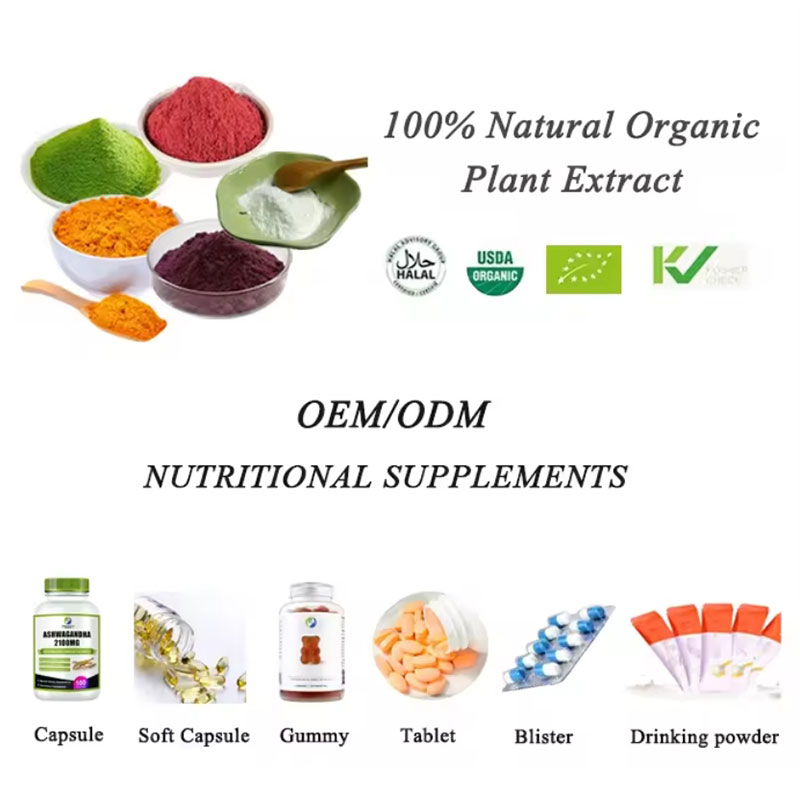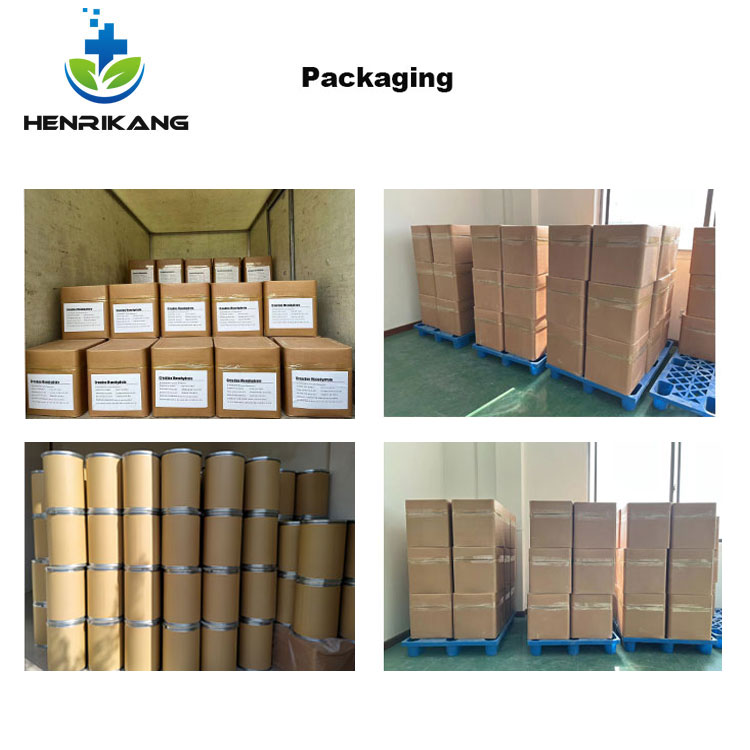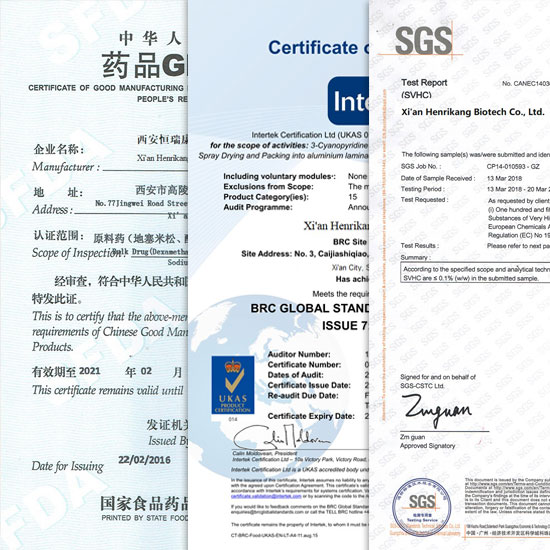Human APIs Powder
- Respiratory Drugs Raw Material
- Antiviral Antibacterial
- Antipyretic Analgesics
- Antihistamine Drugs
- Antineoplastic
- Cosmetic Raw Material
Pharmaceutical
OEM & ODM
- Capsule
- Softgel Capsule
- Gummies
- Drop & drinks
- Tablets
- Effervescent Tablet
- Gel
- Powder
- Chewing Gum
- Pet Supplement
Veterinary raw materials
Phone: 86-13279202917
E-mail: sales@nutrition-oem.com
Add: Fengcheng 2nd Road, Weiyang District, Xi'an, Shaanxi, China
Factory supply Ansamitocin P-3 CAS 66584-72-3 Raw Powder



Product Overview:
Ansamitocin P-3 Powder is a potent anticancer drug that belongs to the ansamycin family of compounds. It is a semi-synthetic derivative of ansamitocin, which is produced by the bacterium Actinosynnema pretiosum. Ansamitocin P-3 CAS 66584-72-3 is a potent inhibitor of microtubule assembly, which is essential for cell division. Ansamitocin P-3 Supplier CAS 66584-72-3 Raw Powder Factory Wholesale.
Product Attributes
CAS: 66584-72-3
MF: C32H43ClN2O9

Specification: 99% min Ansamitocin P-3 Powder
Sample: Ansamitocin P-3 Powder
Brand: Henrikang
Appearance: White Powder
Storage: Cool Dry Place
Shelf Life: 2 Years
Test Method: HPLC
Product Details
Ansamitocin P-3 Powder Usage and Synthesis:
Ansamitocin P-3 Powder is a potent anticancer drug that belongs to the ansamycin family of compounds. It is a semi-synthetic derivative of ansamitocin, which is produced by the bacterium Actinosynnema pretiosum. Ansamitocin P-3 CAS 66584-72-3 is a potent inhibitor of microtubule assembly, which is essential for cell division. Ansamitocin P-3 Supplier CAS 66584-72-3 Raw Powder Factory Wholesale.
Ansamitocin P-3 exerts its anti-tumor effect mainly by inhibiting the polymerization of tubulin. Its IC50 value for tubulin polymerization is 3.4 μM. Due to its inhibition of microtubule function, Ansamitocin P-3 plays an important role in the regulation of the cytoskeleton.

It works by binding to the beta-tubulin subunit of microtubules, preventing their polymerization and causing cell cycle arrest and apoptosis in cancer cells. Ansamitocin P-3 has shown promising results in preclinical studies and is currently being evaluated in clinical trials for the treatment of various types of cancer, including breast, lung, ovarian, and prostate cancer.

Application of Ansamitocin P-3 Powder:
Antibody-drug conjugates (ADCs): Ansamitocin P-3 is an analog of Maytansine and has strong cytotoxicity against human solid tumor cell lines A-549 and HT-29, so it can be used in antibody-drug conjugates (ADCs).
Microtubule inhibitors : Ansamitocin P-3 is a microtubule inhibitor with an IC50 of 3.4 μM for tubulin polymerization, which can destroy the cytoskeleton and cause cell death.
Heat shock protein 90 (Hsp90) inhibitors : Ansamitocin P-3 blocks multiple signaling pathways and cellular processes necessary for cell growth by inhibiting the function of Hsp90, ultimately leading to cell death. This property makes it show promise in inhibiting cell growth in preclinical studies.
Pharmacokinetics of Ansamitocin P-3 Powder:
Ansamitocin P-3 (AP3) is a small molecule ansamitocin antibiotic with various pharmacological activities such as anti-tumor, anti-tuberculosis and anti-bacterial; its components are P-0, P-1, P-2, P-3, P-3', P-4 and P-4', of which Ansamitocin P-3 is the main synthetic product, which prevents cell death by blocking the formation of microtubules. It has significant anti-tumor effects in vitro and in tumor-bearing animals.

Preparation Method of Ansamitocin P-3 Powder:
Method 1: A method of extraction and isolation and purification of ansamitocin P-3, the method comprising the following steps: 1) extracting the fermentation broth or solid fermentation medium at the end of fermentation with an extraction solvent to obtain an extraction solution; 2) concentrating the extraction solution obtained from step 1) until no extraction solvent flows out to obtain a concentrated extract crude A,

then adding neutral alumina and making it mixed well with crude A with an organic solvent 3) Spin evaporate the well-mixed crude A from step 2) to dry sand; 4) Add the organic solvent to the dry sandy crude A from step 3), shake and stand, and take the supernatant; 5) Concentrate the supernatant from step 4), add silica gel and spin evaporate to sandy, and elute with gradient by column chromatography to get anserine P-3.
Inquire This Product















